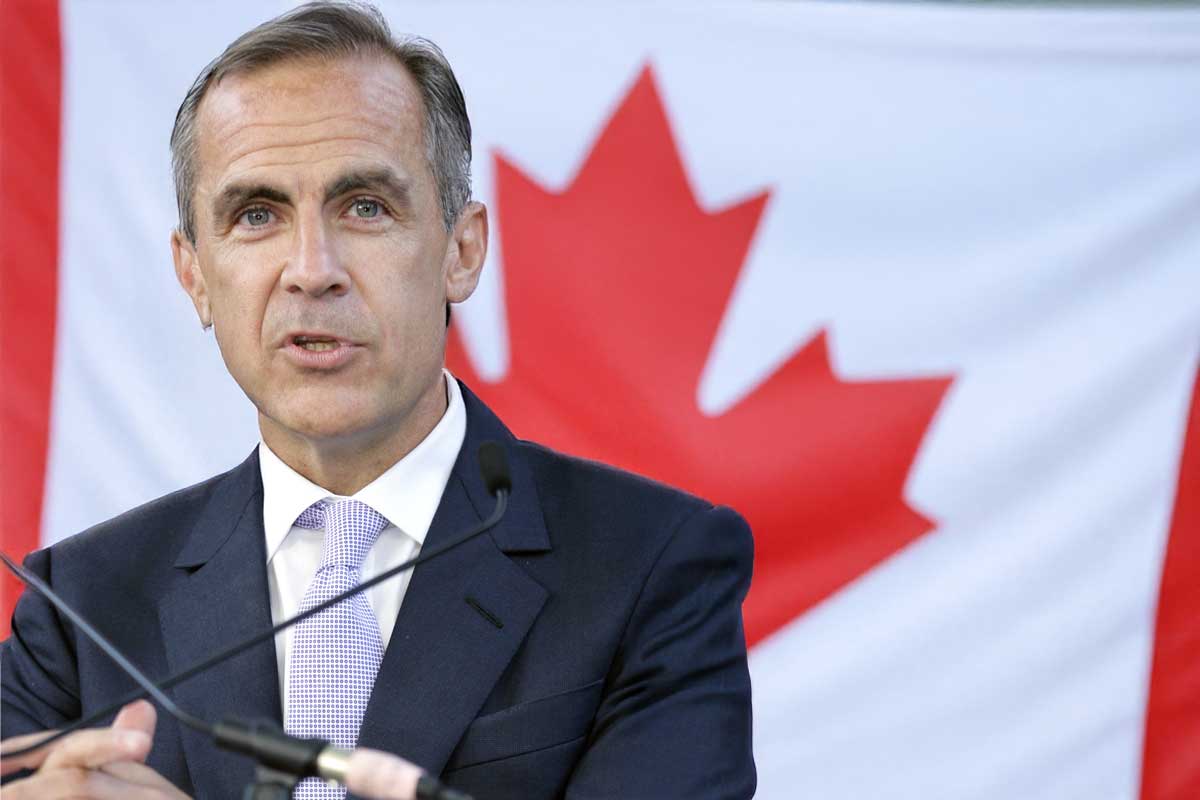Prime Minister Mark Carney’s Vision for Affordable Housing in a Post-Election Canada
Prime Minister Mark Carney’s Liberal government, elected in 2025, has placed housing affordability at the centre of its national agenda. With an ambitious mandate and growing urgency around Canada’s housing crisis, the new government is positioning itself to lead a transformative shift in how housing is built, financed, and accessed across the country.
To support this national effort, the Canadian Real Estate Association (CREA), a member of the Housing Canada Coalition, has introduced a comprehensive 10-point policy blueprint aimed at ending the housing crisis and building a resilient, inclusive housing system.
CREA’s 10-Point Housing Blueprint
This framework outlines immediate and long-term strategies to stabilize the housing market, increase affordability, and prevent homelessness. Here is a summary of the core points:
- Launch Emergency Housing Support Measures
Immediate aid programs to prevent homelessness due to job loss, economic disruption, or emergency hardship. - Prevent Renters from Losing Their Homes
Reinforce tenant protections and expand access to rental assistance programs to keep renters securely housed. - Significantly Expand Non-Market and Community Housing
Scale up affordable housing through co-ops, non-profits, and community-driven developments, including ownership pathways. - Secure Land and Infrastructure for Housing Projects
Mobilize public land and enhance infrastructure investment to support sustainable and complete communities. - Strengthen Housing Supply Chains
Improve access to building materials and address vulnerabilities in the housing construction supply chain. - Build a Skilled Workforce for Housing Construction
Invest in training and employment pipelines for tradespeople, planners, and housing-sector professionals. - Modernize Tax Policies to Encourage Development
Reform taxation to remove barriers and stimulate affordable housing construction at all levels. - Simplify and Speed Up Development Approvals
Eliminate bureaucratic delays and streamline approvals to enable faster housing delivery. - Promote Housing Innovation
Support innovative building methods and technologies that reduce construction time and cost. - Address the Housing Needs of Indigenous Communities
Prioritize urgent investments in culturally appropriate housing for Indigenous communities across Canada.
The Liberal Party’s Plan: Building Canada Strong
Described as “the most ambitious housing plan since World War II,” the Liberals under Prime Minister Mark Carney aim to double the pace of home construction and deliver nearly 500,000 new homes per year for the next decade.
At the core of this housing revolution is the Building Canada Strong initiative, supported by three key pillars.
1. Getting the Government Back into the Business of Building
PM Carney’s vision includes the federal government playing an active role as a developer through a new national agency—Build Canada Homes (BCH)—which will:
- Build affordable homes at scale
- Catalyze a new homebuilding sector
- Provide capital to affordable housing developers
The plan also opens up federally owned public lands for the construction of homes aimed at first-time buyers. To accelerate affordability, the BCH will offer:
- $25 billion in debt financing
- $1 billion in equity funding
- $10 billion in low-cost loans to non-profits and Indigenous housing providers
One of the most innovative components of the plan includes support for prefabricated and modular home construction, which can reduce building times by 50% and cut costs by up to 20%.
2. Cutting Red Tape and Incentivizing Development
To drive faster housing starts, the Liberals plan to reduce municipal development charges by 50% on multi-unit residential projects.
Prime Minister Carney also wants to reintroduce a historic tax incentive—the Multiple Unit Rental Building (MURB) allowance—which was responsible for creating nearly 200,000 rental units between 1974 and 1981.
Further incentives will encourage private landlords to sell aging rental buildings to non-profits and land trusts by reducing capital gains taxes—facilitating the conversion of existing buildings into affordable units.
3. Supporting First-Time Buyers and Middle-Class Canadians
To help more Canadians become homeowners, a headline initiative from the Liberals is a tax cut on new builds valued at or under $1 million.
This move is expected to save first-time buyers up to $50,000 and is a cornerstone of Carney’s efforts to address affordability in high-demand markets.
The federal government will also deploy standardized pre-approved home designs to expedite construction timelines on public lands and reduce architectural costs.
Conclusion
Prime Minister Mark Carney’s housing plan represents a fundamental shift in federal housing policy. With bold targets, innovative strategies, and a willingness to act as both builder and enabler, the Liberal government is aiming to stabilize and modernize Canada’s housing market for future generations.
Canadians will play a vital role in this process by remaining informed, engaged, and vocal in ensuring government accountability and progress.
Written by Malvinder S. Tiwana
Tiwana Real Estate Team | www.maltiwana.ca
Image credit: Wikimedia Commons
Image is modified by adding a Canadian Flag.









